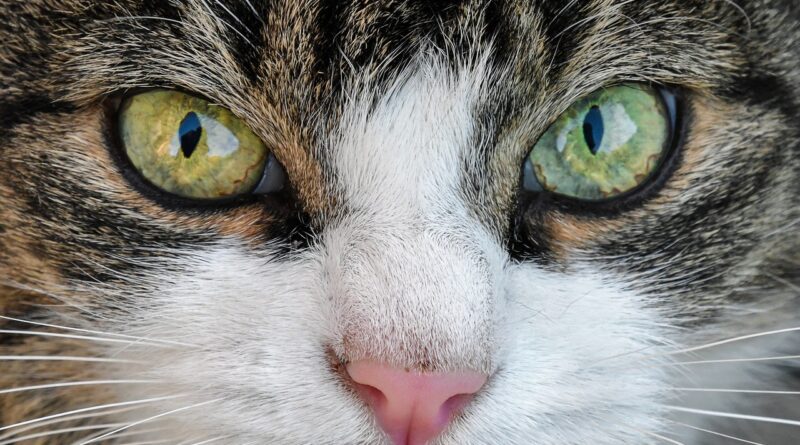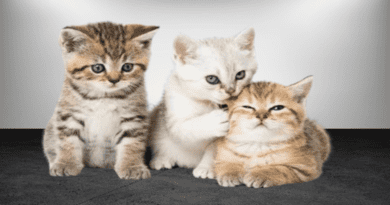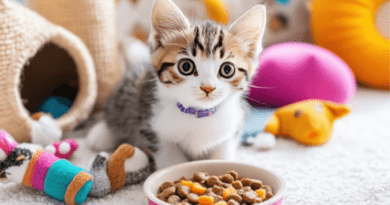The origins and names of cat
The word “cat” holds a fascinating history across various languages. It traces back to Old English, where it appeared as “catt.” Scholars believe this term may have evolved from the Late Latin word “cattus,” which first emerged in the 6th century. The Latin term likely finds its roots in African languages, specifically the Nubian words “kaddîska” and “kadīs.” Others suggest a connection to the ancient Egyptian word “caute” or “caut.”
While the exact origins of “cat” continue to intrigue linguists, its evolution underscores the word’s global journey across time and cultures. Ancient civilizations revered cats, which influenced the development of different terms to describe them.
The Origins of “Pussycat”
The word “pussycat” follows a similarly complex linguistic path. It likely originated from Old German and then filtered through Latin, Greek, Syriac, and Arabic. Some link the term to Uralic languages, noting similarities in Northern Sámi and Hungarian words that refer to female stoats. Proto-Uralic languages also offer insight into its evolution, as they used terms for “female (of a furred animal).”
“Pussycat” entered the English language in the 16th century, possibly stemming from the Dutch word “poes” or the Low German “puuskatte.” Scandinavian languages like Swedish (“kattepus”) and Norwegian (“pus” or “pusekatt”) contributed similar terms. Linguistic parallels appear in Lithuanian with “puižė” and in Irish as “puisín” or “puiscín.” Despite its wide use, the precise origin of “pussycat” remains unclear. However, many believe it might come from the sound people use to call cats.
Naming Cats: Titles and Traditions
Various terms have emerged to describe cats throughout history. A male cat is often called a “tom” or “tomcat.” If neutered, the cat may be referred to as a “gib.” Female cats go by the title “queen,” and after being spayed, some call them “molly.” Kittens, of course, refer to young cats, though early English speakers used the term “catlings.” A group of cats, known for its elusive charm, is called a “clowder” or a “glaring.”
These specific names highlight the special relationship between humans and their feline companions, recognizing the different roles they play based on gender and age.
The Evolution of the Domestic Cat
Cats, known for their independence and grace, belong to the Felidae family, a group of carnivorous mammals. Humans domesticated these small predators in the Near East around 7500 BC, turning wild hunters into beloved companions. Cats maintain their instinct to hunt, which explains why they excel at catching pests like mice and rats.
Physically, cats possess a sleek, flexible body with retractable claws, sharp teeth, and exceptional night vision. Their heightened senses, including strong hearing and smell, enable them to hunt effectively. Cats communicate with humans and each other through a range of vocalizations such as meowing, purring, hissing, and growling. They also use body language and pheromones to convey messages.
Domesticated cats thrive in homes but often live as feral animals in urban or rural environments. They remain active during dawn and dusk, showing a preference for solitary hunting. While highly social creatures, they typically engage with humans on their terms, balancing independence with affection.
Reproduction and Population Control
Female cats can give birth to kittens throughout the year in warmer climates, while in colder regions, they breed from spring to late autumn. Litters usually consist of two to five kittens. Many people engage in the hobby of breeding and exhibiting pedigreed cats, a practice known as cat fancy. To manage the growing cat population, spaying and neutering remain common. However, abandoned and feral cats continue to reproduce at alarming rates, contributing to the decline of other animal species in some areas.
Popularity of Cats as Pets
Cats rank among the most popular pets worldwide. In 2017, domestic cats became the second most popular pet in the United States, with approximately 95.6 million cats living in around 42 million households. In the United Kingdom, about 26% of adults own a cat, with an estimated 10.9 million pet cats as of 2020. By 2021, the global cat population reached around 220 million owned cats and 480 million stray cats.
Understanding the World of Cats
Cats have fascinated humans for centuries with their elegance, independence, and mysterious nature. Their presence in human history shows an enduring connection between humans and these creatures. Exploring the taxonomy of cats reveals their place in the animal kingdom. Like all other animals, cats belong to the Kingdom Animalia and the Phylum Chordata. They also fall under the Class Mammalia, which includes warm-blooded animals that nurse their young with milk.
Within the Carnivora Order, cats stand out as meat-eaters with sharp claws and teeth, enabling them to hunt with precision. The Felidae family, which encompasses both big and small cats, showcases their predatory prowess and adaptability.
The Felidae Family
The Felidae family includes a diverse group of meat-eating mammals known for their solitary nature and retractable claws. This family splits into two subfamilies: Pantherinae and Felinae. Pantherinae, or the big cats, feature large, powerful species like lions, tigers, leopards, and jaguars. These cats display strength, stealth, and, in some cases, the ability to roar.
The Neofelis genus, home to clouded leopards, represents another fascinating branch of big cats. Although smaller than their Pantherinae counterparts, clouded leopards boast long canine teeth and impressive climbing abilities.
The Evolution of Cat Naming
Throughout history, humans have bestowed diverse and meaningful names on cats. From ancient terms linked to myths and superstitions to modern names that reflect their unique personalities, cat naming continues to evolve. This tradition honors the special bond between humans and their feline companions, deepening our understanding and appreciation of them.
Exploring different cat breeds and their names offers insight into their rich history and unique characteristics. Understanding the significance of these animals not only highlights their beauty and adaptability but also underscores the need to protect their habitats and ensure their survival. By learning about cats, we acknowledge our connection to nature and demonstrate respect for the natural world.




